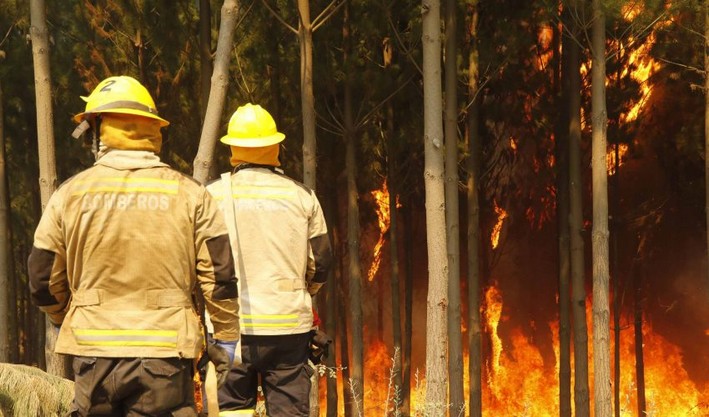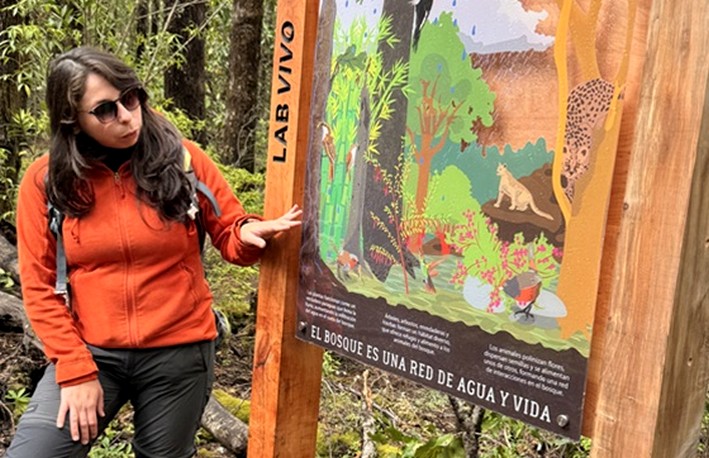Chile Faces Winter Wildfires: A Constant Challenge
- Ramón Figueroa, Assistant Manager of Fire Prevention and Protection at Arauco, warns about the new reality of year-round wildfires in Chile, emphasizing the need for adaptation and inter-institutional cooperation.
Ramón Figueroa Lizana, President of the Forest Protection Department at Corma and Assistant Manager of Fire Prevention and Protection at Arauco, alerted about the increasing frequency of wildfires in Chile, even during winter months.
In an interview with Radio El Conquistador, Figueroa compared firefighting efforts to a "traveling circus," where preparation and response must be constant and adaptive.
"This has been a particularly unusual winter, with fires occurring every month," he stated, noting that his company has decided to keep firefighting brigades active year-round. The reason behind this measure is climate change and desertification, which are shifting Chile's climate toward drier, fire-prone conditions similar to those in southern Spain.
Figueroa also shared his recent experience in Brazil, where wildfires are predominantly a winter phenomenon due to the lack of rainfall and dry vegetation. This situation mirrors what could become the norm in Chile without preventive and adaptive measures.
In Chile, wildfire response strategies have evolved into a collaborative approach between the public and private sectors. Since the devastating 2017 electrical-origin wildfire in the Maule region, which burned 180,000 hectares, institutions have recognized the importance of working together. The Chilean Wood Corporation (Corma), regional and national CONAF, and Chile's Fire Department are among the entities that have joined forces to analyze each fire season, identify gaps and opportunities, and improve prevention and response tactics.
Cooperation has led to the integration of detection and communication systems, such as shared AI-powered cameras and common radio frequencies during emergencies. Additionally, a "Forest Waze" is being developed to provide optimal routes through private and public roads for response teams.
Chile's situation is unique in that it has one of the world's largest private wildfire prevention and firefighting programs, enabling close public-private cooperation. This model has garnered international interest, as in most countries, these responsibilities fall solely on the state.
Figueroa emphasized that 99.7% of wildfires in Chile are human-caused, whether intentionally or through negligence, highlighting the importance of education and prevention in combating this constant threat.
The interview can be found athttps://www.youtube.com/watch?v=iI3U9AL3tgg

















